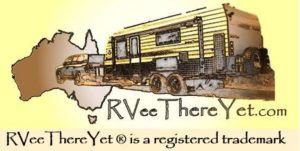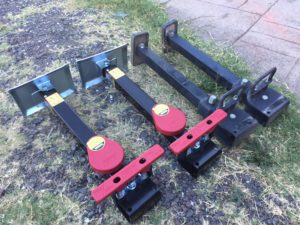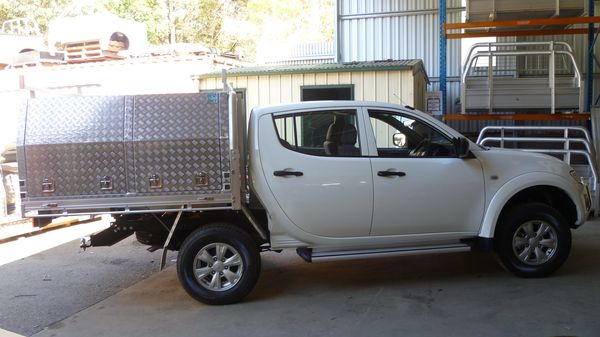
This question has been doing the rounds of the internet for some time now as more and more cases of bent dual cab utes are reported. So what is causing this and are all dual cab utes at risk of bending?
What is it Archimedes said? Give me a lever big enough and I’ll move the earth?
I believe the design of dual cab utes, particularly the latest crop, face a significant deficiency. Their ladder frame chassis provide for a lot of strength in the horizontal plane but little in the vertical plane where twisting forces are at play as well as bending by weight placed at either end. In a 4WD station wagon, the body provides some additional rigidity to the whole chassis to resist these forces, but a ute only has this additional framework at the front of the chassis. The rear is left open and has no physical connection to front other than the chassis itself. I believe this is why, when they are overloaded at the rear, they bend right at the mid-point where the cab ends and the tray begins. It’s the 'floppiest', least supported point in the whole structure.
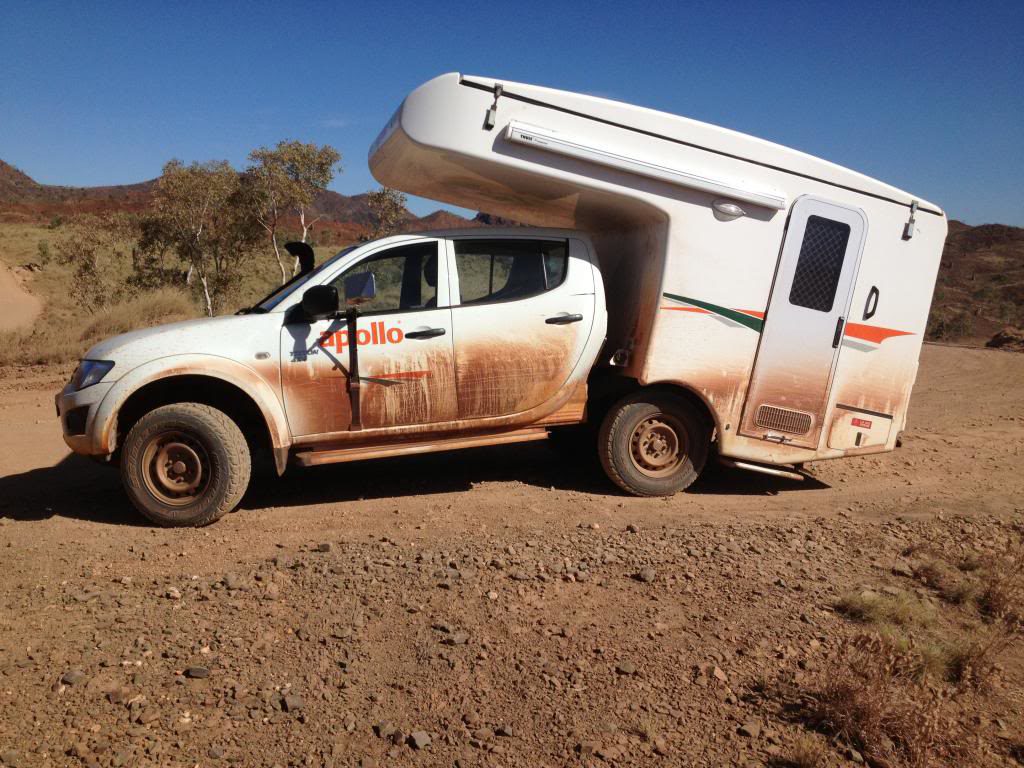
It’s a bit like the issue faced by vehicle manufacturers when they try to convert a sedan or coupe into a convertible. They have to build additional bracing into the chassis to compensate for the reduction in overall rigidity. Under normal driving conditions, this may not be immediately noticeable to the average driver however, under performance driving conditions, the lack of rigidity shows of as sloppy handling and a feeling of flex in the body. Same thing happens with dual cab utes. 99% of the time, that lack of rigidity in the rear is not a problem. Then comes the 1% when the rear is overloaded, creating excessive vertical forces and bending the chassis at the weakest point.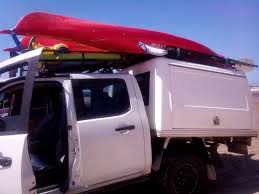
If you do a google image search for bent dual cab utes you’ll soon see the result. Of the ones I’ve seen, they all appear to have a lot of weight a long way behind the rear axle. Either a heavy trailer or a camper conversion and the breakage usually happens on a dirt or outback track. Lots of people place the blame on air bags but I don’t believe these have any more significant part to play other than to lull the owner into a false sense of security about the vehicle’s ability to cope with an additional load.
I believe if you're going to buy a dual cab ute, especially if you intend to tow a caravan or camper in outback conditions, you will need to be extremely careful with the weights you intend to tow and how you distribute your load across the whole rig.

